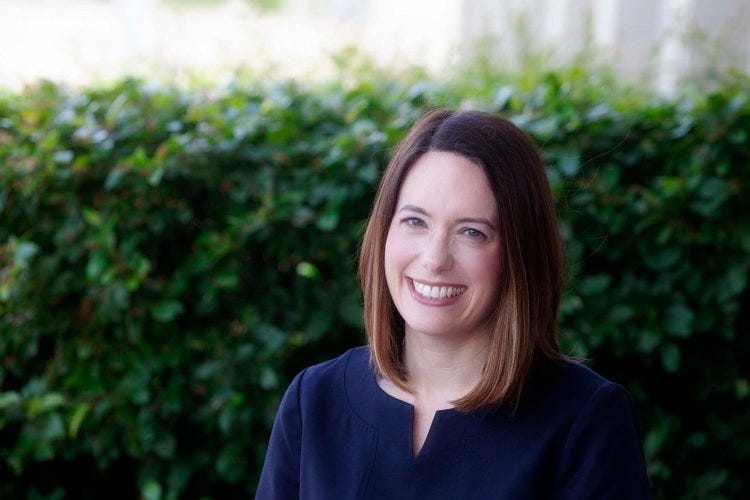As an Amazon Associate I earn from qualifying purchases
Four years ago, Holy Rosary Academy took the plunge and decided to treat our third grade students to Latin through Stories K-5 Curriculum, a pilot program from the University of Dallas, K-12 Classical Curriculum Project.
Many parents might approach Latin with trepidation, remembering their own struggles with learning the language. Stacks of flash cards and late nights studying vocabulary and grammar that may as well have been Greek. Only to forget it all after the exam.
One year, I asked my high school students to purchase 350 flash cards to fortify their vocabulary skills - and can they recall all of those words and conjugations now? Doubt it.
Rest assured, educators, Latin through Stories will make even the most wary student willing to learn through music, movement, and mini-stories. Dr. Laura Eidt supports the theory behind Latin through Stories is that “Translation is not the goal: comprehending the Latin story in Latin is the goal.”
So what does that really look in the classroom?
We sing songs from the 12th century about a hare that weeps over the dogs who chase him in “Flevit Lepus Parvulus.” They can sing all seven verses and understand the hare’s sadness.
“Senex MacDonaldus” is another favorite among students because they use hand gestures and make animal sounds as they sing in Latin. Not only do they get the wiggles out, but the rhymes help them to feel like part of the story’s structure.
Are they bored? Not at all. Latin through Stories allows children to learn joyfully and have a chance to move in the classroom.
But how will they learn Latin grammar? They absorb the grammar, without the rigidity of rules, through the constant repetition of key sentences. New vocabulary is added gradually, and is always accompanied with pictures to help students who are visual learners, to see a brown cow “bos” with a tail and four legs.
The children have already learned so much! In our first quarter, they understood the word for cow, but now in our third quarter, students can create sentences without the tedium of translating Latin into English. They can tell you, in Latin, all about the cow - where he grazes, what he eats, where he lives, and what he looks like.
No flash cards. No tears. No longer a dead language.
Not even one student needs to look in a dictionary to do their work, because the language is part of their active memory. With constant engagement, each child can recall our story plots. We use stuffed animals and other props to help the children act out the mini stories.
It is amazing to see the students strain to raise their hands higher so that they may be chosen to act in these roles. The stories begin with farm animals, the seasons of the year, and fables focusing on friendship and virtue. Choral repetition with movement helps the children to understand the logic of the story.
Most Latin books published in England by famous universities confine Latin to the Romans in Great Britian with their drunk slaves behaving badly on the streets. Latin through Stories brings Latin alive through beautiful works of art by Botticelli, Giotto, Seurat, Rockwell, Cole, and many more artists that are American, European, and Asian. Children study art in Latin! For example, in Botticelli’s “Primavera” students answer in complete sentences about which goddess is to the left and right of Venus. Level 2 of Latin through Stories times the study of art with the seasons of the school year making it a feast for the soul and mind. Never in my 20 years of teaching Latin did I experience total engagement from my students in Latin with art!
As students progress in each unit, the mini Latin stories make for great class skits with costumes and laughter. Their logic and rhetoric skills build because they recite the age appropriate Latin stories to their peers from memory. Expression, hand gestures, and good pronunciation are key to conveying the climactic moment in “A Cat Hunts a Mouse” “Feles murem capit.”
Latin through Stories welcomes all learners through prayer, Bible verses, art, stories, and songs. It is a carefully crafted curriculum that appeals to the teacher and students’ intellect, memory, and imagination.
Marie-Louise Schirda, a lifelong Alaskan, is committed to keeping classical education in the Catholic tradition in Alaska as the principal of Holy Rosary Academy. She holds a B.A. in Literature from Thomas More College of Liberal Arts and a master’s degree in Anglo-Irish Literature and Drama from University College Dublin, Ireland. She has significantly contributed to educating Alaskan youth in the liberal arts with over 20 years of experience teaching grades 7-12.





